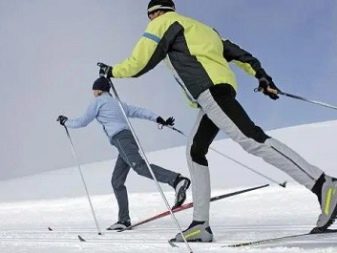All about ski sizes
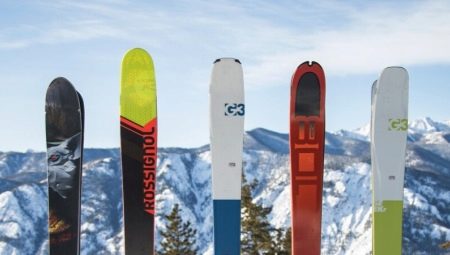
Ski size is an important parameter to consider for people of all ages. In this article, we will tell you what sizes there are, how to choose skis for adults and children, what you need to consider when making this choice and why it is so important to follow the size, and not take the first skis that come in and rather run to the slope.
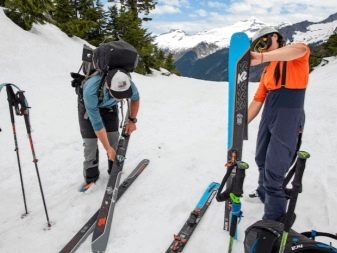
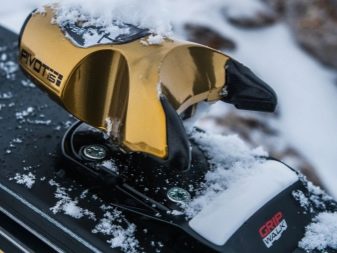
What are the sizes?
The width and length of a ski pair depends on their type. It is clear that for professional athletes this will be one option, for amateur skating - another, for children - a third. But even in this category, young athletes who decide to go in for skiing on a professional basis will have different ski products. Let's skip the question of how to deal with the choice of professional equipment, because coaches and specialists from training bases will help you with this. Consider the size options for adult and children's regular riding.
If conditionally, then skis are long and short. Moreover, the short version is not always children's models. For example, children should not buy skiboards. Although these are short skis, they are clearly not for children's skiing. A child can be injured while cornering on these skis. Therefore, the length is not always an indicator of the desired size.
To determine the size, you must also take into account the weight and height of the child. However, the same rules apply to adult products.
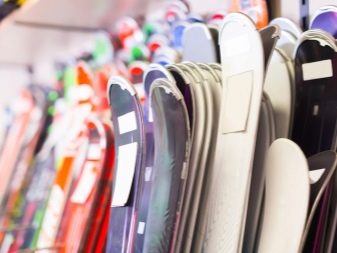

Usually skis for children are considered to be 60 to 120 cm long. Sometimes 150 cm is bought for teenagers. But further (up to 210 cm) - these are already adult models. The rules for selecting the right specimen differ for classic (35-40 cm more tall) and ridge (10-15 cm more tall) products. Classic skis are longer in length: they reach 207-210 cm, while skating skis are available less than 2 meters - 192 cm.In the interval between these types, there are combination skis in size, the length of which varies in the range of 192-200 cm.
As for the width of the skis, it is better to choose a wider sliding surface for recreational skiing, because narrow models are designed mainly for high-speed turns on a good track. But in general, the size of the skis also depends on the weight of the skier: so, a heavier person will need skis that will be 25 cm longer than his height, but a more graceful person will need skis that exceed his height by only 10 cm.
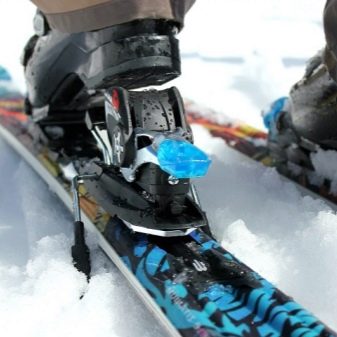
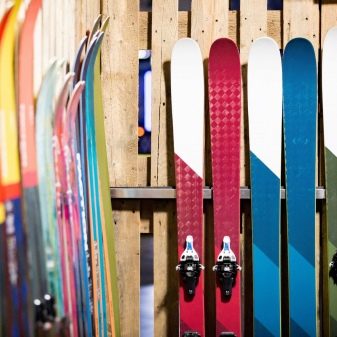
How to choose according to height?
The size of the skis must be correctly determined, only in this case the skier, whether adult or young, will enjoy skiing and will be less injured when falling. When buying products, it is imperative to take into account the growth. But it is worth making a reservation that this will work better for those who are in the usual weight classes.
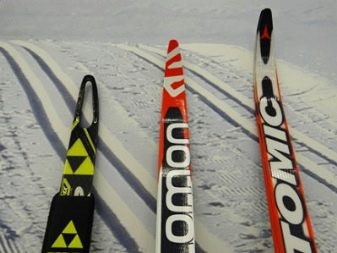
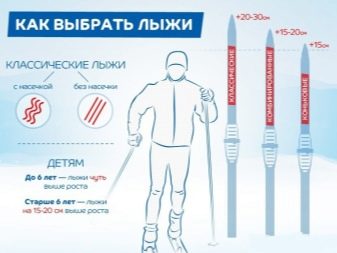
For adults
Skate models, as a rule, are chosen 10, or even 15 cm longer than the height of the skier himself, but the classic ones should be 25-30 cm more than the height of the one who will ride them. Walking skis can be 15-25 cm longer than the height of the skier. Based on this, we will give the approximate dimensions of the most popular (walking) skis for an adult:
- with a height of 160-165 cm, the length of the skis will be 180-190 cm;
- with a height of 170-175 cm, the length of the skis will be 190-200 cm;
- with an increase of 180 cm, the length of the skis is chosen at 200-210 cm;
- with a height of over 180 cm, the length of the skis will be 210 cm.
This technique is not accurate, especially for those overweight. After all, it still depends on the pressure on the central part of the ski surface. That is, for people who are ideal in shape, such a table will be the norm, for the rest it is better to choose a size based on your weight.
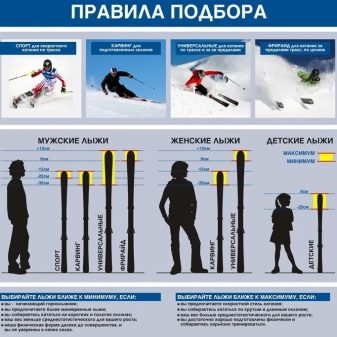

For kids
Children over 6 years of age and adolescents are matched to a ski pair according to the same formula as for adults. Preschoolers choose products shorter or the same length as their height, another 5 cm plus is allowed. On such short skis, it will be easier for beginners to master the technique of skiing.
Very young skiers (2-3 years old) are selected products that, in a standing position, will touch their chin. And do not try to buy ski equipment for your child "for growth", as many do because of ignorance.
Yes, this option seems more economical from the point of view of the family budget, but you run the risk of discouraging your child from skiing, because he will be extremely uncomfortable with skiing that is not selected for his size.
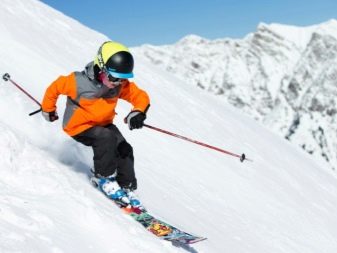
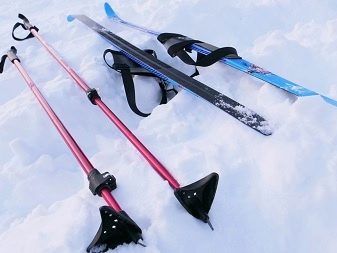
How to choose by weight?
Matching a ski pair according to its weight is a more accurate option than matching using a different method. But here the category of skiing should be taken into account.
For the classic move
When choosing skis for a classic ride, you need to proceed from the level of the skier's training. Focus on the following dimensions:
- with a weight of 60-75 kg, choose a size of products of 181 cm;
- with a weight of 70-85 kg, products with a length of 186 cm are suitable;
- with a weight of 80-95 kg, the size of the skis should be 191 cm.
If you skate well enough and you have the strength to kick off, go for a stiffer piece. The same applies to those who weigh over 100 kg. It is difficult for such people to find a ski pair, because the products for the entry-level skiing are designed for skiers weighing up to 100 kg. If it was not possible to choose the right pair in terms of rigidity, then look for your option among skis designed for those who have a higher training.

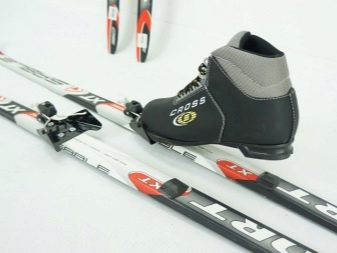
Skating
Skating products are suitable for those who have already mastered the basic skills of skiing and behavior on the trail. When choosing them, you no longer need such accuracy and thoroughness of measurements as when choosing ski pairs for a classic move. Here it is better to focus on your personal preferences and on the fact that the products should be only 10-15 centimeters longer than your height. Just consider the fact that these are stiffer skis. They require careful handling and effort, especially when cornering.
When the weight is above the norm, they choose a pair that is longer, when it is less than the norm, it is shorter. But this only applies to products for calm amateur riding. Racing skis have slightly different characteristics and the same length often has different stiffness. In this case, you will need the help of a specialist (trainer) or a consultant at a point of sale.

